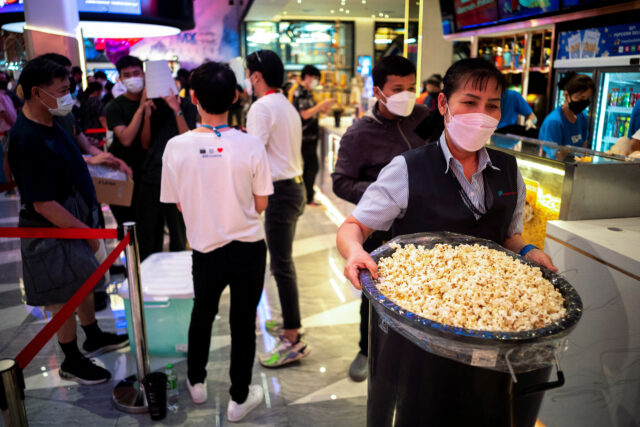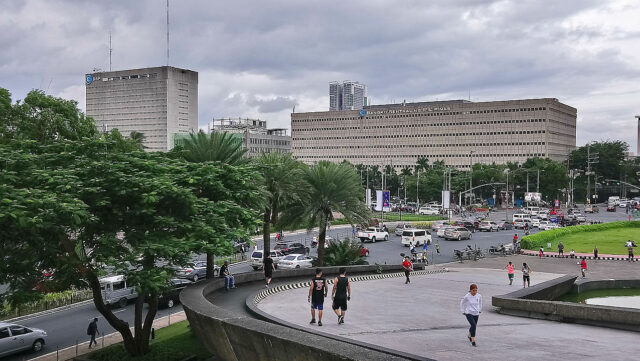What makes American meat great
It’s all in the grain
IT’S NOT every day that the United States Ambassador to the Philippines opens up their house for a barbeque, so it was quite easy for us to say “yes” to their invitation for a Holiday Hoedown-themed Great American Barbeque trade reception on Nov. 17.
Ambassador MaryKay Carlson, a native of Arkansas, told media guests about her fond memories of her father barbequing brisket in the summer.
More than that though, she gave three reasons for the celebration in a speech. “The Philippines is the 7th-largest market in the world for US food and agricultural products,” she said. According to her, the US is also the number one supplier of agricultural products to the Philippines. Finally, “We are also your number one customer. Last year, we had record two-way trade in these goods, worth $4.6 billion.”
“When you see what these high-quality US products can become in the hands of skilled chefs — of which I am not one, but we’re glad that we have some tonight — you will recognize the power and the benefits of trade,” said Ms. Carlson.
The Great American Barbeque trade reception was sponsored by the US Department of Agriculture (USDA) Foreign Agricultural Service, in partnership with US trade associations and suppliers and Philippine companies.
One of the guest chefs that night was Jay McCarthy, a consultant chef for the Texas Beef Council, the Nebraska Beef Council, and the US Meat Export Federation. Included in the spread were turkey, pulled pork sliders, baby back ribs, slow-cooked US Beef Ribs (with Mr. McCarthy’s mushroom sauce and prime rib rub), and US Angus Hot Pastrami (from local caterers The Plaza). There was also a selection of American cheeses and wines.
Mr. McCarthy, speaking with BusinessWorld in the ambassador’s living room, discussed how US meat becomes that way: tender and flavorful (based on our experience, at least). “We have an abundance of corn and grain, which isn’t available around the rest of the world. That’s what really influences raising all the pigs and the cows. Ultimately, it’s the fat, where the flavor is. All that energy, those high-energy diets go into finishing the product so that it has that richness.”
Other countries might boast that their livestock is fed on grass, but Mr. McCarthy makes a case for seasonal changes that might affect how the meat will taste like. Cattle may be fed first on fresh spring grass, for example, but, “As the seasons change, and that grass dries out towards the end of the season, there’s less energy, less protein available for the animal to eat. That’s going to change the flavor of the fat. That creates an inconsistency.”
For his part, Mr. McCarthy likes using tougher cuts like briskets and flank steaks and sees them as a challenge. “Anyone can cook a steak on a grill. But if you want to cook a brisket, or something else, you have got to pay a little attention.”
Mr. McCarthy’s work that night wouldn’t have been complete without the various hands that made the meat itself: the animal, of course, but also the various farmers and other players in the US meat industry. Asked what meat says about the American people, Mr. McCarthy said, “I think US agriculture, US meat… or whatever (product) it is, speaks a lot to what America can do to feed the world.” — JL Garcia






























